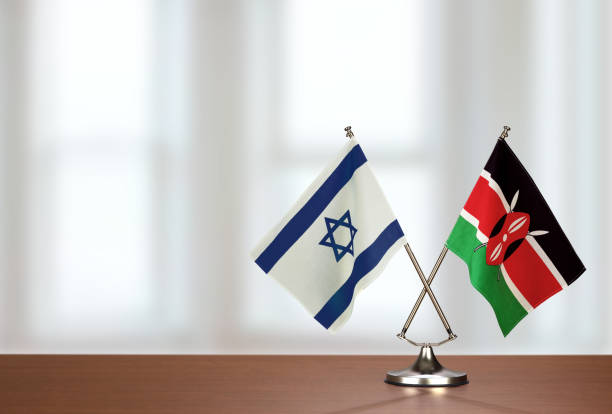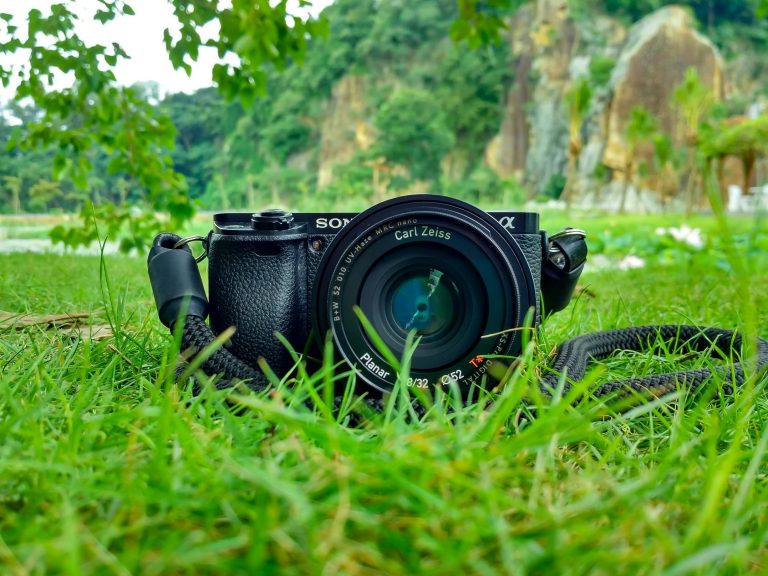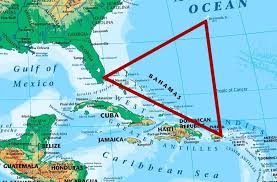In 2024, linking PayPal to M-PESA has become a crucial step for many individuals...
Henry Mworia
Renting out a property on Airbnb in Kenya may seem like an attractive opportunity...
Kenya’s relation with Israel has evolved significantly over the decades, characterized by moments of...
Mazingira Day in Kenya is an important observance dedicated to raising awareness about environmental...
Planning an ideal first date can be both exciting and nerve-wracking. The goal is...
Introduction Nyati House, located along Loita Street in Nairobi, holds a notorious reputation as...
The vibrant and eclectic world of 90s fashion holds a special place in the...
The Bermuda Triangle, often referred to as the Devil’s Triangle, has captivated the imaginations...
World Mental Health Day is observed annually on October 10. This day serves as...
Selective amnesia is a psychological phenomenon that affects memory. It is characterized by the...















